‘Cognition is defined as the act or process of knowing. Cognitive skills are therefore those skills which make it possible for us to know. In 1952, French Psychologist Jean Piaget published a theory which placed great importance on the cognitive development and behavior management of children.
Cognitive behavior management and development is the construction of thought processes. Meaning, it includes memory, problem-solving, and decision-making, from childhood through adolescence to adulthood. Cognitive abilities are brain-based skills that we need as individuals to carry out any task from the simplest to the most complex.
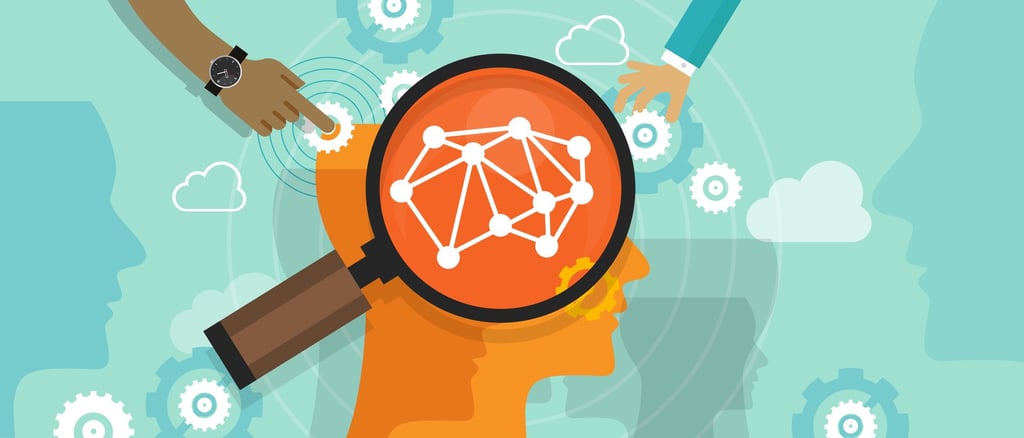
Behaviorism, also known as behavior psychology, is a theory of learning based on the idea that all behaviors are acquired through conditioning. John B. Watson, who is regarded as the father of behaviorism, believes that behaviors are the result of experience, therefore, it is possible to enhance these experiences by enriching them with cognitive stimuli.
The importance of Jean Piaget’s Theory on Behavior Management
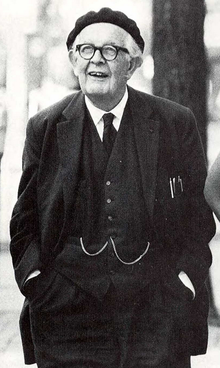
Jean Piaget’s cognitive development theory proposed that a child’s knowledge is composed of basic units of knowledge, that understand past experiences and learn new ones. In Piaget’s theory, an important process in cognition is the ability to take in new information and relate to it something they already know. He termed this process assimilation.
Another complementary process is accommodation wherein basic units of knowledge change to accommodate new knowledge. Piaget says an ongoing attempt to achieve equilibrium between these two is when cognitive development is achieved.
The 4 stages where cognitive and behavior development are linked:

1) Sensory-motorIt is during the sensory motor stage that knowledge begins to develop. It could be through physical interactions with the world using their senses. Also, it is through these experiences that the child learns physical mobility, develops memory, language, and behavior skills. |
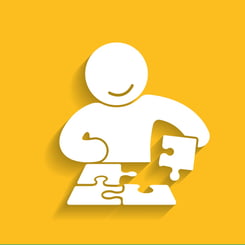
2) Pre-operationalDuring the pre-operational stage, intelligence is demonstrated through the use of symbols. This, plus language use develops along with memory and imagination. Here, thinking is done in a non-logical, non-reversible manner. |

3) Concrete operationalIntelligence is demonstrated through logical and systematic manipulation of symbols related to concrete objects. Subconsciously, operational thinking develops. Furthermore, egocentric thought diminishes. |

4) Formal OperationalHere children develop abstract thought and logical thinking. They display more problem solving skills. |
How do you train your child's brain for behavior management?
While tracking a child’s development, it is important to understand that each child has their own pace in reaching a milestone. It is only when a milestone is significantly delayed that a doctor should be consulted. As cognition and behavior management are invariably linked, it is beneficial for parents to intentionally mold a child’s cognitive skills by providing a stimulative learning environment that would help channel a child’s aptitudes, skills, interests, and emotions into more productive outcomes.
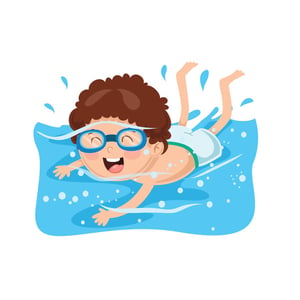
Exercise
Studies have proven that regular exercise, appears to boost the size of the hippocampus. Accordingly, it is the brain area involved in verbal memory and learning. It stimulates thinking and reduces stress. Exercise also exposes one's brain to oxygen and nutrients, promoting better brain health.
Furthermore, it is proven that the prefrontal and temporal cortices are greater volume in people who exercise. Physical activity is known to boost the brain’s dopamine, norepinephrine, and serotonin levels, which affect focus and attention.
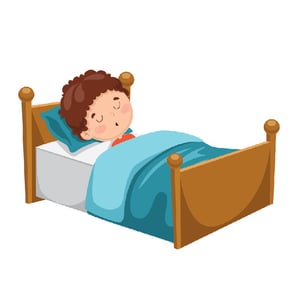 The anatomy of sleep
The anatomy of sleep
Several structures of the brain are involved with sleep: The Hypothalamus, the thalamus, the pineal gland, the basal forebrain, and the amygdala. These structures help regulate circadian rhythms with the light-dark cycle, help relax muscles related to limb movement, control REM sleep, and increase the production of melatonin. Sleep needs vary based on age. An average child would need 9.5 hours of sleep a day.
We all go through the various stages of REM and non-REM sleep and memory consolidation in the brain requires both REM and non-REM stages. Regular sleeping habits help prevent dementia over time, help the brain restore information, enhance language skills and hand-eye coordination, help re-establish order, and keep emotions in check. Sleep is vital to keeping the brain healthy and preventing mental disorders. Sleep impairment can lead to mood disorders and chronic illnesses.
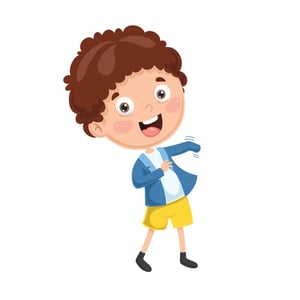
|
The cognitive reserveThe cognitive or brain reserve hypothesis states that it is possible to build up the brain's resilience to neuronal damage and delay the onset of Alzheimer's. Research, has shown that brain reserve increases when participation in mentally stimulating activities is more frequent. It has been hypothesized that brain activity/ exercise, in general, helps increase brain reserve. In clinical practice, brain training is commonly used to help patients recover from brain injury, stroke, and other neurological disorders. Rigorous brain training helps enhance memory, attention, confidence, competence, reasoning skills, and even reduce anxiety. A good brain train exercise requires novelty, challenge and variety, which foster learning and sometimes change.
|
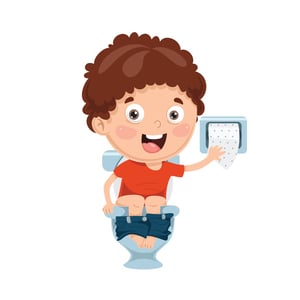
|
NeurobicsNeurobics is one example of a group of exercises that are both novel and complex. This reduces stress and anxiety. Also, improves vision and hearing, enhances intelligence, creativity, and mental flexibility. Furthermore, it boosts motivation and productivity, increases focus, and encourages a positive attitude. Dr. Lawerence Katz, a neurobiologist coined the phrase ‘neurobics’. He used this to describe brain exercise that improves performance by using all five senses in novel ways. Interestingly, some exercises that Dr. Katz proposed are:
|
 Technology: the brain treadmill?
Technology: the brain treadmill?
Technology has played a major role in affecting children’s behavior in an adverse manner. Sometimes, by impairing social skills, increasing brain fog and reducing variation in daily activity.
However, there are a variety of technology based brain training programs such as NeeuroFIT that can provide a well-rounded platform. NeeuroFIT offers a novel brain training exercises for various age groups. It is designed to improve or train one's attention, memory, spatial ability, decision making, and cognitive flexibility skills through a series of games that Neeuro has developed together with scientists.
NeeuroFIT programs available for you
NeeuroFIT is delivered as a guided curriculum and is powered by Neeuro's Memorie app. It comes in three variations: NeeuroFIT Standard, NeeuroFIT Class, and NeeuroFIT Home. NeeuroFIT Standard and NeeuroFIT Class are designed to be conducted in a class setting, the main difference is that with the Standard course, the trainer has the flexibility to direct the course for the participant. There is a pre-training and post training assessment to monitor and track the training progress of each participant.
With NeeuroFIT Class, there are 4 courses that a participant has to go through (Foundation, Developmental, Holistic, and Advanced). Each course is designed to progressively improve particular cognitive skills of the participant and involves 6 games (2 of which are attention booster games). Each course is made up of 12 45-minute sessions, composed of a class activity and brain training games. There are also three assessments within the 12 sessions (pre-training, mid-training and post-training).
NeeuroFIT Home, meanwhile, is an instructor-led program for fitter brains in 60 minutes a day, done at home. Here participants connect with the instructor via a video conferencing tool such as Zoom and play the designated games for the session. NeeuroFIT Home has 3 progressive courses (Foundation, Developmental, and Holistic). As it is conducted online, NeeuroFIT Home is a useful tool in helping their children cope with the new normal environment.
Find out more about NeeuroFIT and Memorie by clicking the image below.

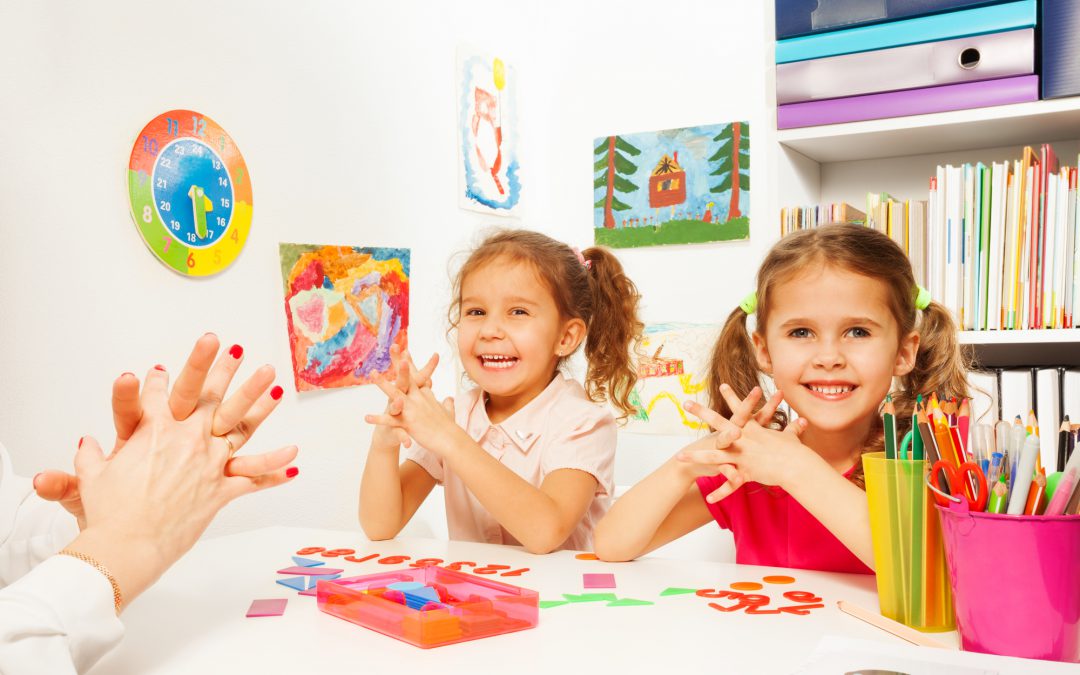




Leave a Comment